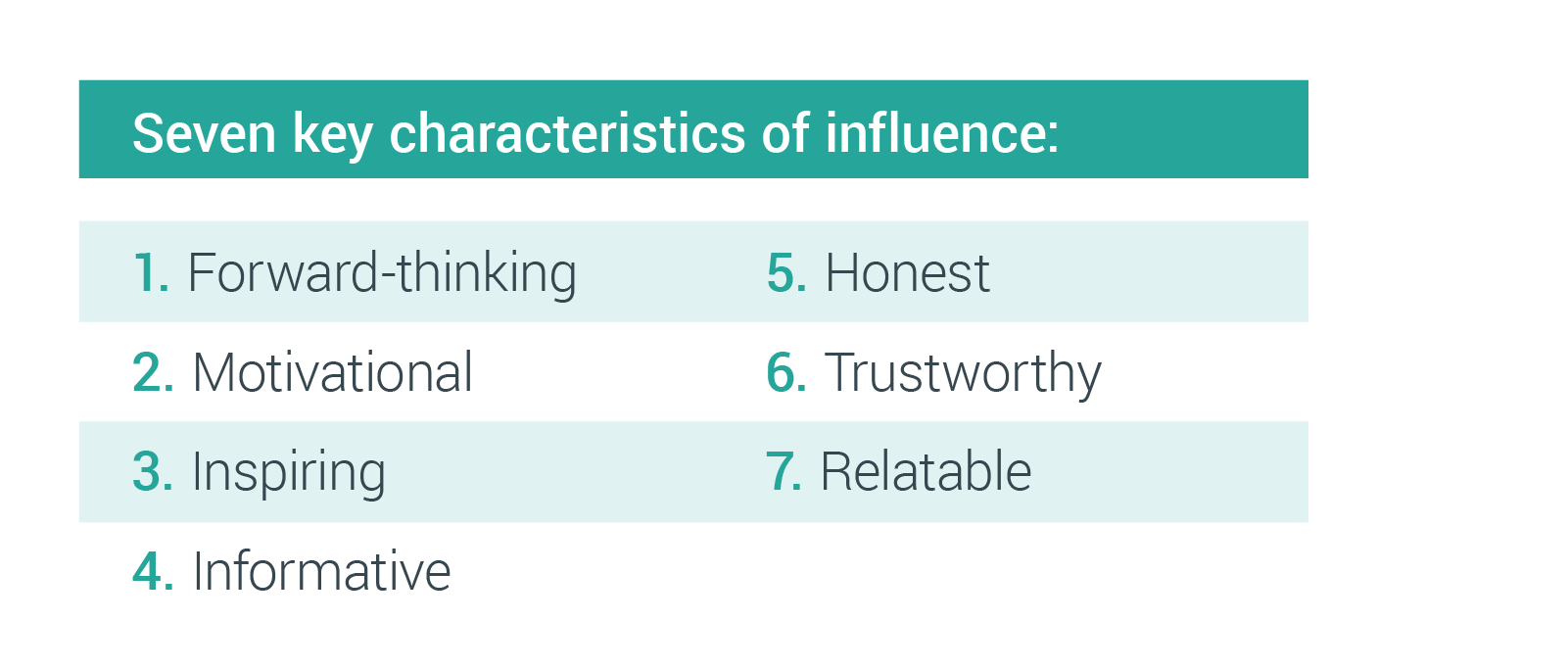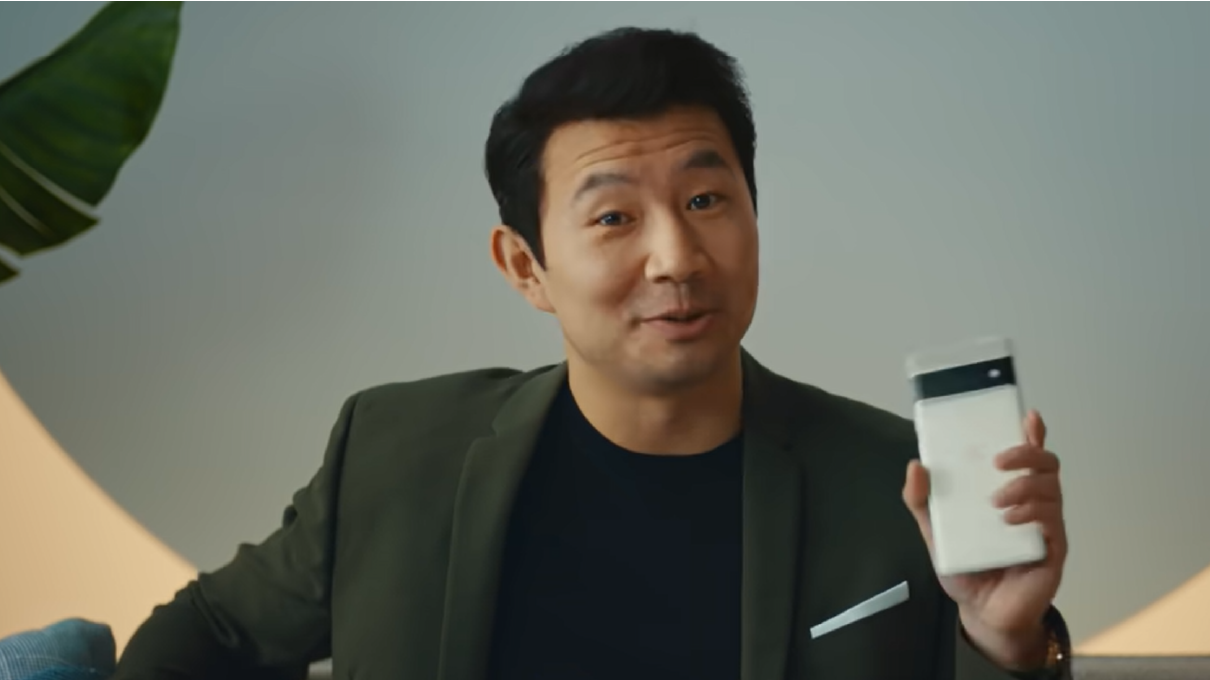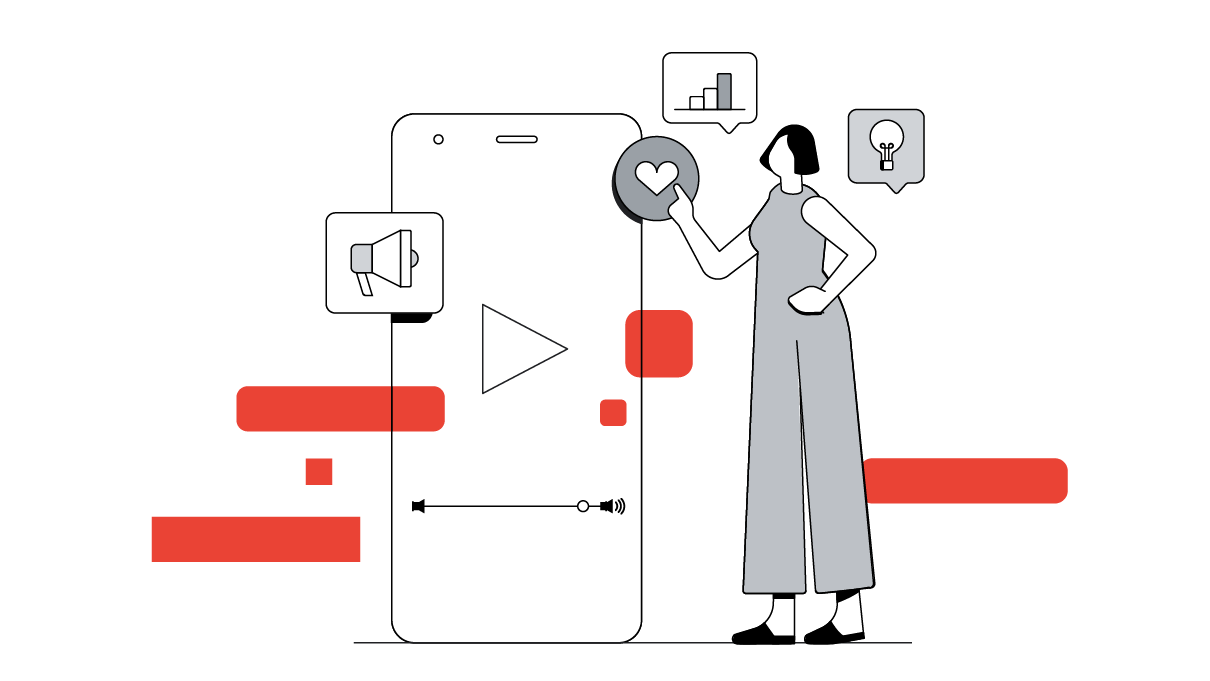How are key thinkers and advertising minds in Canada thinking about online video? In the latest installment of our Think with Canada’s Agencies series, we sat down with Ipsos Canada’s MaryBeth Barbour and Steve Levy to talk about the power of data and YouTube’s growing influence in Canada
Ipsos Canada’s Senior Vice President MaryBeth Barbour and Chief Operating Officer Steve Levy have worked on more than 150 brand research projects, lending to their high-profile presence in the Canadian ad industry.
Both Levy and Barbour have gained deep insights from digging into data and trends across Canada. Hosted by Vivian Ip, Google Canada agency lead, this Q&A explores new research findings on YouTube influencers and the notion of celebrity in the digital space.
Ip: How does research influence the strategies and approaches that advertisers take?
Levy: There are probably four things we look at. First, we help people evaluate innovation in the broadest sense. Second, we look at product, promotion, pricing, and packaging—all the key elements of marketing. Third, we help people to affect and influence the customer experience. And finally, we help people produce great creative, in terms of not only the essence of creative but also where and when to place it.
Ip: How do you think YouTube complements TV?
Levy: Television is a “moreish” medium. It’s serial. It’s episodic in nature. It's a medium that generates a "come back and watch" type of scenario.
YouTube, by its very nature, is more engaging. It affords you the ability to curate content. Whether you're in the DIY circumstance of having to unclog your sink or you have a passion for golf, as I do, and you're keen to review swing videos, YouTube allows you to engage in these activities in the moment.
Barbour: Another advantage that YouTube has relative to television is that it’s more effective at invoking a positive emotional response.1 That moment is a connection, and as a result of that connection, what we're seeing is that people who are watching YouTube content are more likely to say that they love that content relative to television watchers.1
Levy: We've got to get beyond this myth that YouTube is just about silly cat videos. That's absolutely not the case. More Canadians say they watch late-night TV on YouTube than on television.2
Beyond that, we know that more than one-third of Canadians are using YouTube to learn about products before they buy them.2 And after they've made a purchase, they go back to YouTube to learn how to set it up or how to troubleshoot. YouTube is part of the path to purchase now.
Ip: YouTube has generated a plethora of celebrities, personalities, and new careers. What do you think?
Barbour: Many could argue that YouTube has created a new profession: YouTube creators. A good way to think about the opportunity here is through the lens of influence. We conducted a study earlier this year to understand the level of influence YouTubers have compared to mainstreamers (people who are better known and recognized, such as TV and movie stars). We wanted to understand whether high awareness translated to a high level of influence.
What we found in that influence study was that awareness and influence move independently of one another. One doesn't need to have popularity to generate influence. Nor does having influence mean someone is popular.
If we think about online Canadians—anyone over the age of 13—almost everybody knows Brad Pitt. For example, Liza Koshy, a 21-year-old YouTube creator, has 10M followers. Only one in five online Canadians over the age of 13 know her. But if we look at the followers of those two individuals, Liza's level of influence is double Brad Pitt’s, and that's significant.3
We found time and time again that YouTubers today are generating greater degrees of influence. Perhaps they are less well-known today, and that certainly is changing. But YouTube has allowed different personalities to generate levels influence previously held only by mainstream personalities.

Ip: How do we define influence in 2017?
Barbour: To generate influence today, a personality needs to reflect or embody seven key characteristics. The more strongly that personality performs on those attributes, the more influence they can generate. These key traits include getting people thinking, motivating people, inspiring people, being informative, and being perceived to be honest, trustworthy, and relatable.3
Think of those seven characteristics as levers for a brand. If they want to connect with an audience to raise awareness, deepen a relationship, or create a call to action, they can leverage those same attributes. One way to do that is to connect with YouTube creators who reflect the same characteristics they're interested in.
Ip: People talk a lot about how Canadians avoid advertising, whether on TV or online. Can you talk a little bit about that?
Levy: Do people skip commercials? Of course they do. They skip commercials online, and they skip commercials on television as well. Do marketers expect the public to watch every commercial from beginning to end? They don't. It's not realistic. Do we have the expectation that they'll take in some of what they watch? Yes, we do. Is it better if they share it? Absolutely.
Half of YouTube watchers say they have shared commercials with friends or family or on social media in the past year. The fact of the matter is you can't do that with television.
Check out more videos from our “Think with Canada’s Agencies” series, including conversations with top thinkers from Cossette, OMD, and OMG Programmatic.







